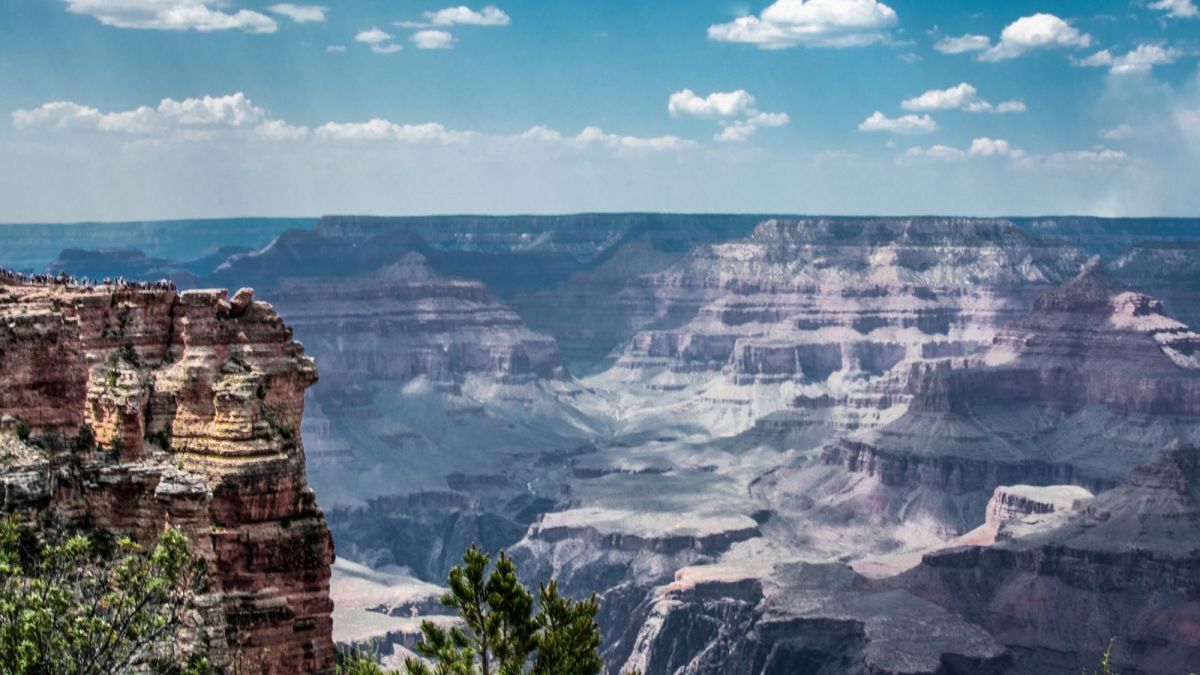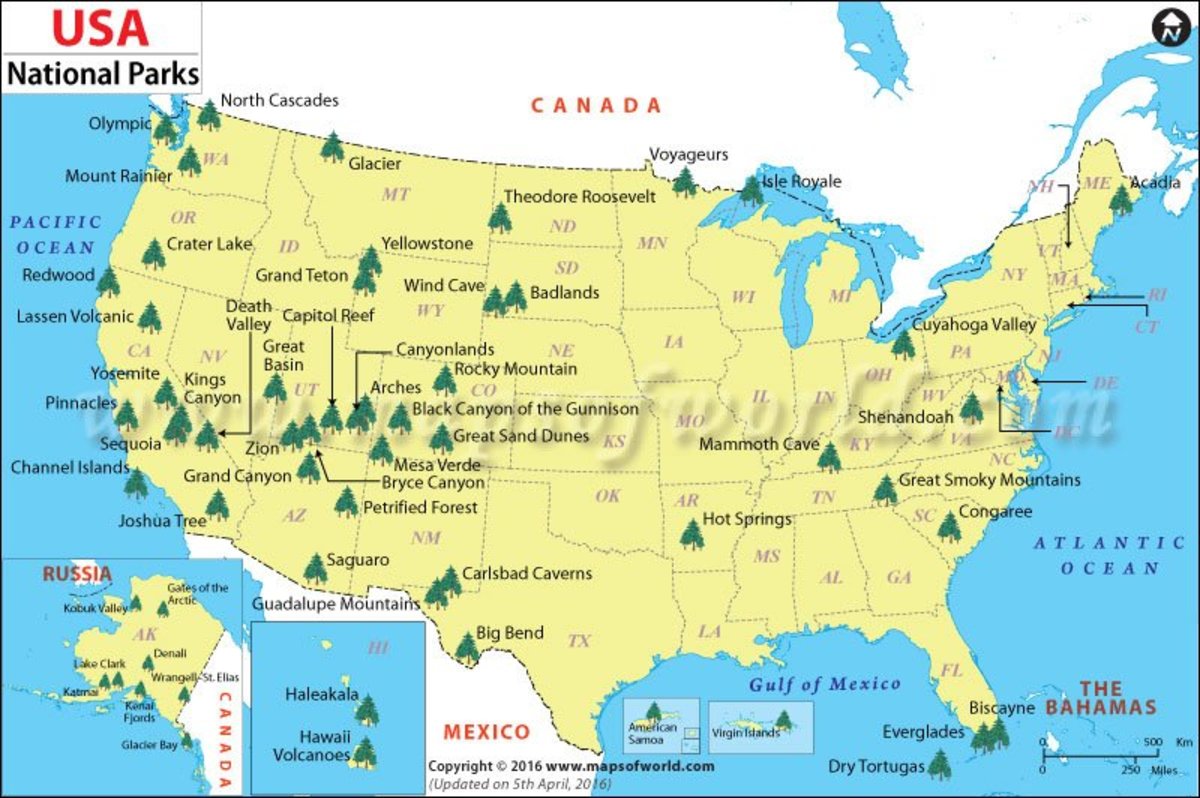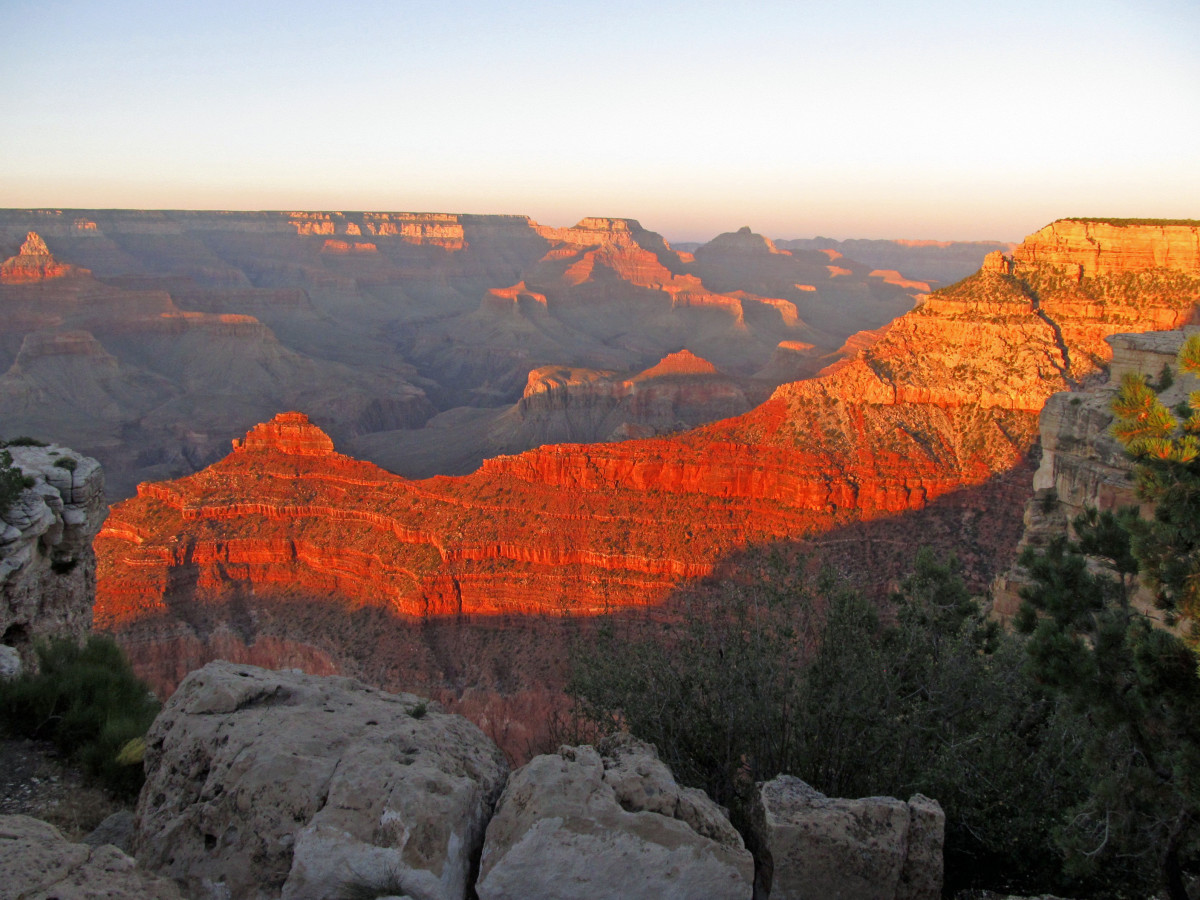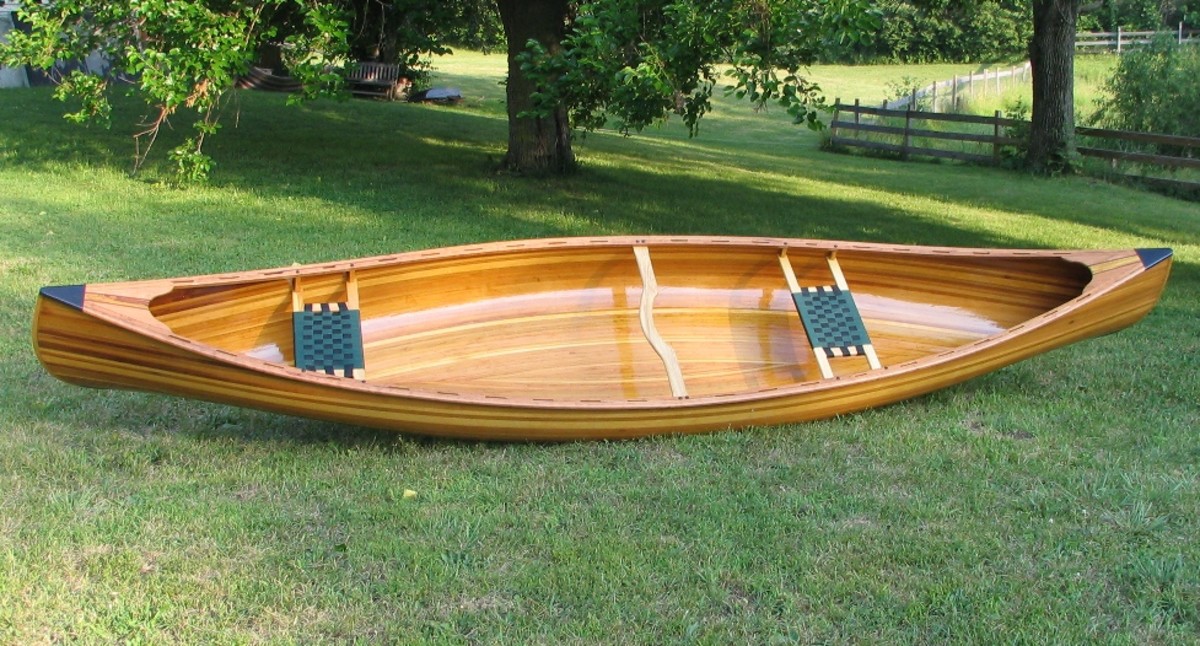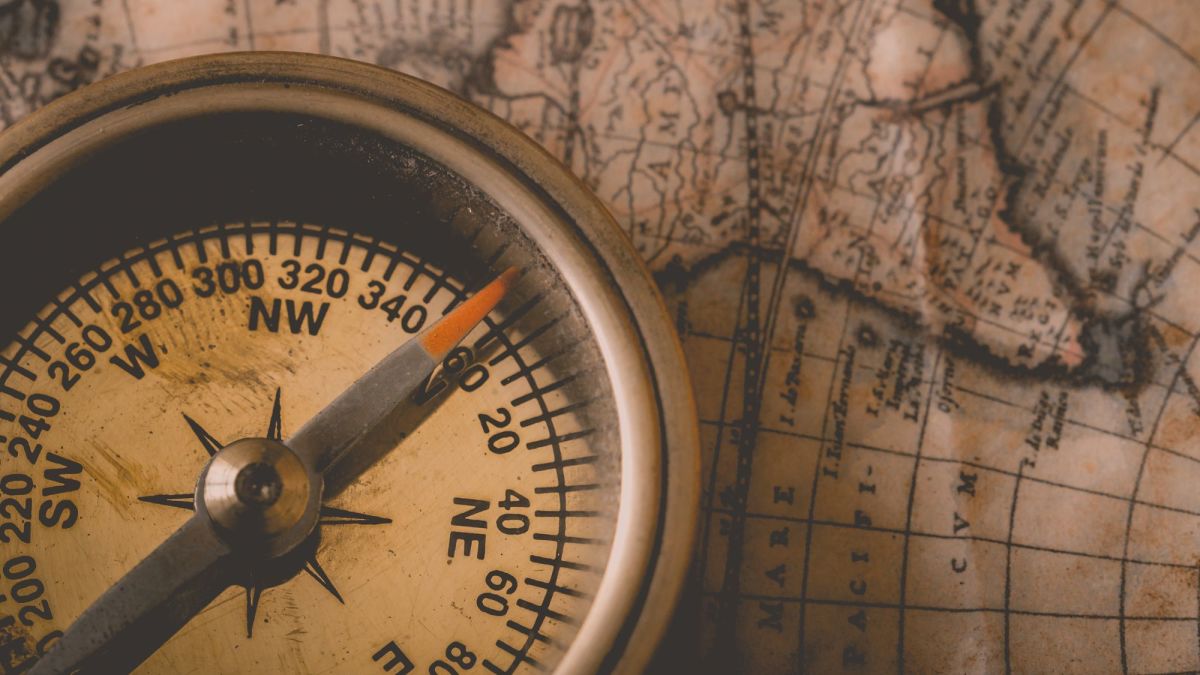Backpacking Grand Canyon National Park
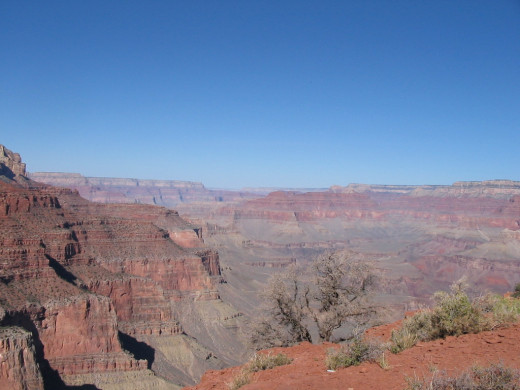
Backpacking Grand Canyon National Park was one of the most memorable experiences of my life. Words can't begin to describe the grandeur of the Grand Canyon, and even the best photographs don't really do it justice. To really appreciate it, you need to see it in person, and the best way to see it is by backpacking down into the canyon. In 2003, I had the pleasure of backpacking for 6 days in the canyon with a couple friends.
All the guidebooks will tell you that it's really a canyon in a canyon. From the rim, you descend down onto a plain called the Tonto Plateau. We had a water filter with us, but water sources are scarce in the canyon, so we had to plan that carefully and carry water occasionally.
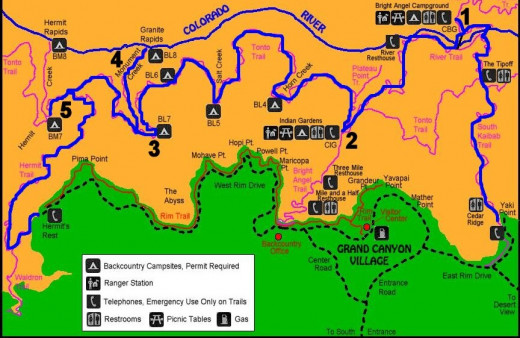
Day 1: South Rim to Bright Angel Campground
The first day was definitely the toughest. We took the South Kaiobab Trail which is not as crowded as the Bright Angel Trail. It was 6.8 miles, most of it downhill, which is hard on your toes, since they are pushing into the front of your shoes. Elevation was about 7,000 feet at the South Rim, compared to 2,500 feet for the Colorado River. Also on that first day, we were not used to backpacking, and we would have to hike four more days with any sores that developed on our feet (Always take moleskin with you when hiking).
We got a late start on our first day, which was a bad idea. Even though it was October and cool up on the South Rim, it was quite hot in the canyon (In the 80s each day), and there is very little shade. Because of our late start, we were hiking during the hottest part of the day. On the way down I saw a bighorn sheep on a steep slope, although I didn't know what it was at the time. Only the male bighorn sheep have the big curled horns - The females have short straight ones.
I noticed that any time I could see rapids on the Colorado River, I could also hear them. Sound travels that well in the canyon. There is a suspension bridge that crosses over the Colorado on the trail, and it seemed like we spent all afternoon walking towards it. After finally crossing the bridge, it was only a short distance to the Bright Angel Campground. Water is available there, and no filtering is required. The popular Phantom Ranch is nearby.
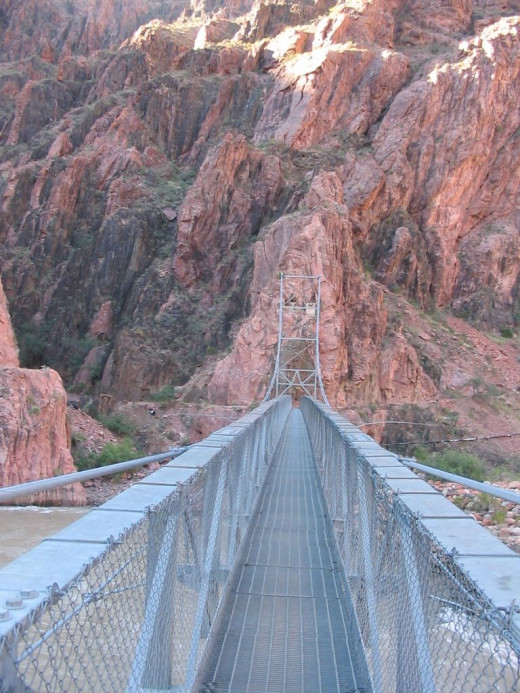
Day 2: Bright Angel Campground to Indian Garden Campground
This was an easy, 4.7 mile hike without a lot of change in elevation. We took the River Trail and then the Bright Angel Trail. Indians once grew crops in this area, which explains its name. Indian Garden is one of the few places where you can find trees to provide shade. In the canyon you only find trees along streams. In other areas the vegetation is scrubby.
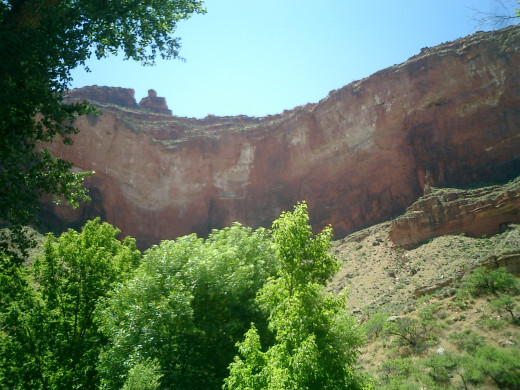
Day 3: Indian Garden Campground to Cedar Spring
This was our longest day, almost 9.5 miles. After starting late on day 1, we decided to get started at the crack of dawn. Despite the length, the hike wasn't too tough. The terrain was pretty flat, as it stayed on the Tonto Plateau. When it started to get hot in the early afternoon, we found shade in a side canyon and rested a few hours. Later in the afternoon we finished the hike to Cedar Spring.
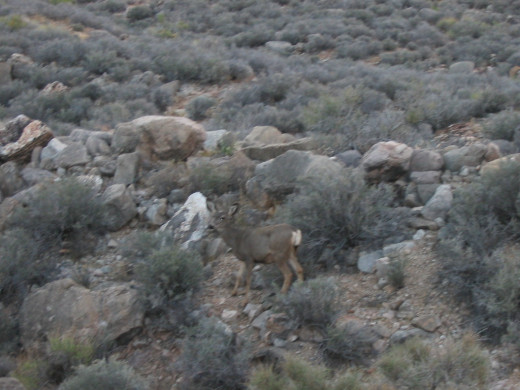
Day 4 - Cedar Spring to Granite Rapids
This was an easy and short hike, just over three miles. We took the Tonto and Monument Trails down to Granite Rapids on the Colorado River. Near the river there were some trees to provide shade. There was a group of rafters that was camping there and we struck up a conversation with them. They had some leftover food, so they offered it to us. That night we had ribeye steak and mashed potatoes. My recommendation is to always make friends with rafters.
The Colorado River is fast moving and carries a lot of silt. Try to avoid using it as a water source, since it will likely clog up your filter.
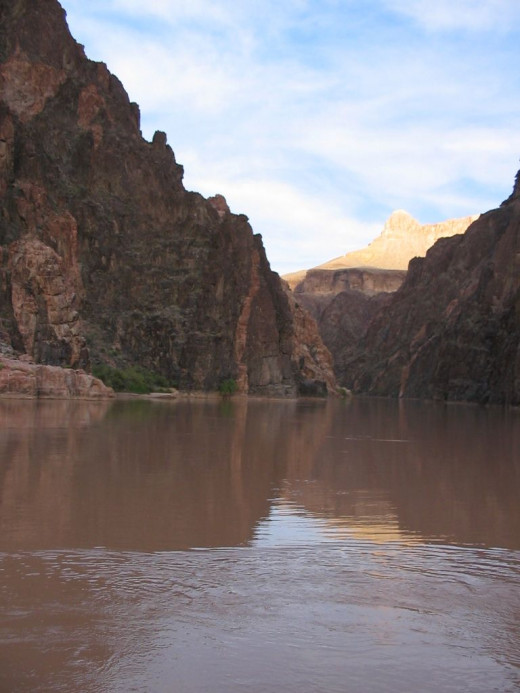
Day 5 - Granite Rapids to Hermit Creek
This was a moderate day, about five miles. We hiked the Monument and Tonto Trails. Knowing that the next day would be long and uphill, we decided to go to bed early and get up early.
Day 6 - Hermit Creek to Hermit's Rest
This day was nearly eight miles and almost all of it was uphill. We started early, and since there was no place to rest in the shade we just kept hiking. The Hermit Trail was mostly in good shape, but there were a few places where rock slides had covered the trail, and we had to walk carefully over the rocks. At one point I saw a little rattlesnake, about 18 inches long, on the side of the trail. That was the first time I ever saw one in the wild. After that I was very careful about grabbing onto rocks while hiking up the trail. I didn't put my hand on a rock ledge unless I could see the top of it.
Once we made it to Hermit's Rest, we were back on the South Rim. There we took the shuttle back to the visitor's center. While on the rim, be sure to watch the sky for California Condors. This is a great area for them, since there aren't any phone or electric lines in the canyon. We watched one flying for about fifteen minutes and it only flapped its wings once.
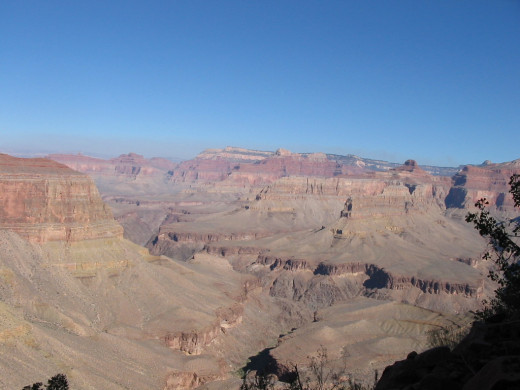
Links
- Grand Canyon National Park
Official National Park Service web site - Backpacking Grand Canyon National Park
- Grand Canyon Backpacking (1)
Video about about backpacking the Grand Canyon by the National Park Service (Part 1) - Grand Canyon Backpacking (2)
Video about about backpacking the Grand Canyon by the National Park Service (Part 2) - Grand Canyon Backpacking (3)
Video about about backpacking the Grand Canyon by the National Park Service (Part 3)



